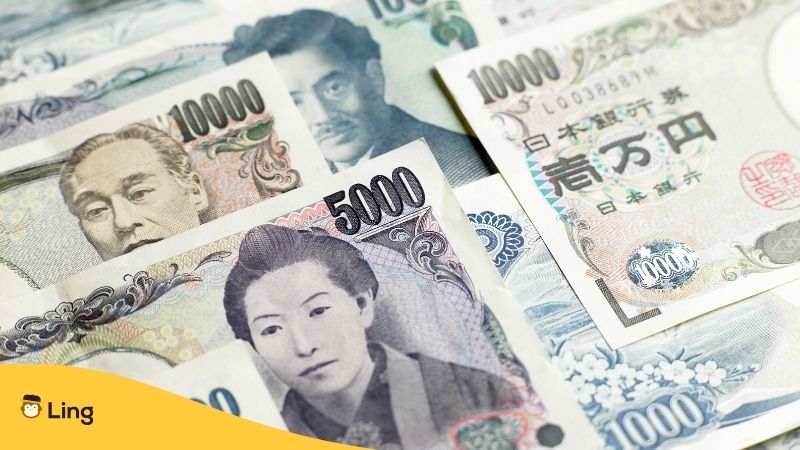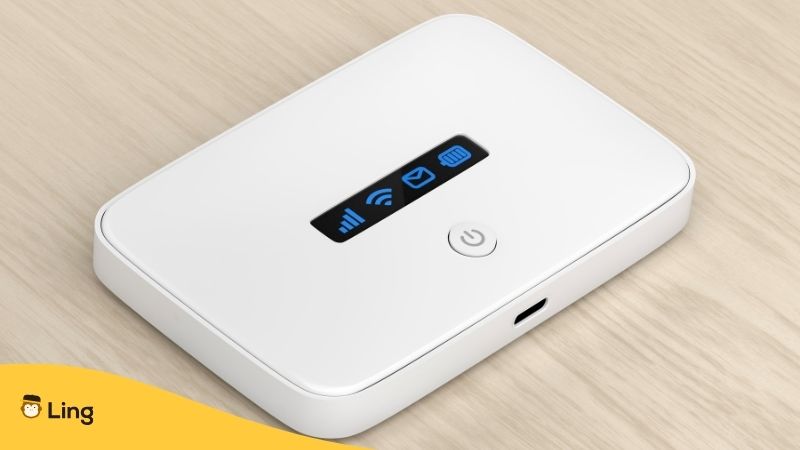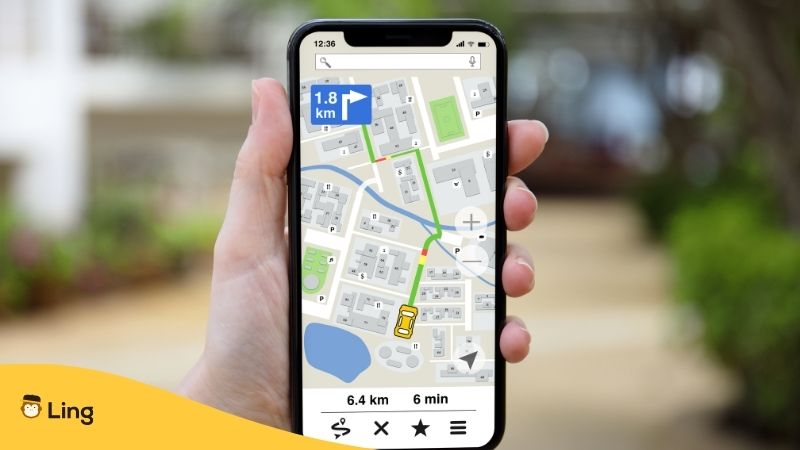Welcome to my ultimate guide of Tips For Traveling In Japan! If you’re reading this, it likely means an amazing adventure lies ahead in the Land of the Rising Sun. However epic a trip it may turn out to be, every traveler knows it also helps to be armed with insider information. As your on-the-ground correspondent in Tokyo, I aim to share everything first-timers should know, from nitty-gritty logistics to cultural cues, to help you make the magic of your inaugural visit.
After living in the country for a year, I’ve played host to dozens of delighted, if occasionally baffled, visitors. I get it: Even with all the dreamy images of tranquil zen gardens, neon cityscapes, and mouthwatering ramen bowls out there, heading halfway across the globe can be equal parts exhilarating and anxiety-inducing (esp when you know nothing about the Japanese language)! My goal is to provide exactly the info you need so you feel informed, reassured, and downright excited to hit this travel trifecta of modern convenience, celebrated tradition, and warm hospitality.
Let’s begin!
Table of Contents
@japan_walker_ Shibuya / 渋谷 I sometimes want to take videos of the city 🥰🌃 #shibuya #渋谷 #tokyo #tokyoshibuya #japan #tokyotravel #japantravel #japantrip #渋谷ハロウィン #渋谷事変 #shibuyahalloween #shibuyahalloween2023 #渋ハロ #jujutsukaisen #呪術廻戦 #shibuyajujutsukaisen #jujutsukaisenshibuyaarc #gojo #gojousatoru #五条悟
♬ Resonance – Home
Tips For Traveling In Japan
So you’ve booked your flights, packed your bags, downloaded a few essential travel apps, and even polished up on some key Japanese phrases. Awesome start! But before you board that plane bound for Tokyo, a few more quick preparations will pay off in spades once your boots hit the ground.
To Prepare Pre-Trip
Research Pocket Wifi/Sim Card Options
Most providers offer similar packages valid for 8 days, 16 days, or 31 days. This just means you choose the duration coverage needed for your trip timeline. Two of my go-to’s are Japan Wireless for reliable devices and Sakura Mobile for budget deals. Double-check pocket WiFi rental prices upfront since they can vary widely.
As for SIM cards, they generally slot right into unlocked phones to access data networks. The catch is that voice/text features don’t translate, so you’ll still need messaging apps like LINE (you’ll see!), WhatsApp, or Facebook to connect with friends. Save SIMs just for data versatility.
Now you get to choose whether to have the product shipped domestically to your hotel or Airbnb in Japan post-arrival or sent to your home country address pre-departure. I’m a fan of the advanced delivery method, so it’s one less thing to sort out once the dazed adventures begin! Most companies have detailed instructions for setup too.
The last consideration is device compatibility for either WiFi or SIMs. Check your phone model or other gear to confirm it accepts foreign SIM cards and lacks annoying carrier locks. Don’t get caught without connectivity when that restaurant translation emergency hits! A quick check of unlocked status keeps your trip flowing smoothly.

Have Some Yen Before Arriving
I know it may sound obvious, but securing at least a small stash of Japanese Yen – whether paper bills or coins – before touchdown is supremely advisable. While many airports, hotels, shopping complexes, and convenience stores now boast currency exchange services, you just never know when you’ll encounter bus drivers, street vendors, or tiny rural shops that only accept cash.
So visit your local bank ahead of jetting off to request some crispy clean yen. I’d target 15,000-20,000 yen (approx $100-$150 USD) minimum to start. This covers all your incidental expenses for at least those first 24 hours – train tickets, convenience store runs, metered taxis from the airport, and so on. Having that emergency fund literally in-pocket eases so much stress if your jet-lagged brain draws a blank!
You’ll, of course, want to exchange more money upon landing in Narita or Haneda airports to fund the full trip. But having a head start supply just in case ATMs or currency exchanges are unexpectedly closed prevents the “uh oh” moments!
Book At Least First Few Nights’ Lodging
While scoring last-minute stays through Booking or Agoda tends to be reliable in a pinch, I strongly advise reserving your first 2-3 nights pre-takeoff. Because between plane delays, liable-to-happen baggage issues, and fighting jet lag just to locate the proper train platform – you want comfort assured for that exhilarating first foray.
Deposit down payments on a centrally located business hotel in your touchdown city or a highly-rated international chain like Hilton to alleviate landing stress. Consider it prep for hitting the ground running! This buys you breathing room to orient yourself and make further lodging plans with clearer headspace.

Load Translation App On Phone
In my early days exploring Japan as a wandering free spirit, I embraced a figure-it-out travel strategy to uneven results. Especially when navigating complicated train transfers or decoding cryptic food menus, help can’t always wait for a friendly passerby.
Hands down, my MVP picks are the Google Translate app and Ling app for tackling language barriers. Google’s free translatebot seamlessly detects Japanese text or speech to define in English right on-screen using your phone camera. Seriously, everything from caution posters in Kyoto temple grounds to hidden izakaya beer lists suddenly made sense with a quick scan!
Meanwhile, the Ling app is brilliant for teaching basic sentences into manageable translations with helpful phonetics for speaking. I leaned on it heavily to chat with fellow ramen patrons or explain food allergies to street chefs who helped me build custom orders. Removing uncertainty around these interactions made them 1000X more rewarding.
Notify Bank/Credit Card Companies
Believe me, having your card declined at 7-Eleven when trying to withdraw cash for Shinkansen tickets is no fun midnight scramble. So, proactively call/email companies tied to your cards and accounts to share dates and cities featured in your travel timeline. This heads off any automatic fraud alerts when that first sushi bill surfaces halfway around the world.
I made the mistake of not notifying Capital One years back when I withdrew hefty yen from Tokyo ATMs, which set off alarms on my account. Thankfully, an overseas call sorted things quickly, but preventing the hassle is wise.
Arriving In Japan
Exchange More Money At Airport If Needed
So you’ve exchanged enough yen in advance to handle taxi rides and enough train fares to convey you gracefully from the airport arrivals gate. Nice work! However, don’t let that initial currency supply lull you into thinking it shall indefinitely sustain your grand adventures. Odds are that stash will deplete faster than imagined.
Luckily major airports like Narita and Haneda house plentiful currency exchange desks and international ATMs in case your paper bills run sparse upon landing. I discovered the hard way that some regular bank ATMs occasionally reject foreign debit cards too! So I highly recommend scoping airport kiosks first when wanting to withdraw additional yen.
The currency desks themselves allow convenient swapping of popular money (USD, EUR, etc) directly into crisp, clean local bills. Sure, the exchange rate may tick lower than in actual banks, but the sheer convenience makes it worthwhile.

Activate Pocket Wi-Fi Or SIM Card
If you arranged pocket WiFi or SIM card delivery domestically, swing by the designated pickup counter location. They usually station near airport exits for easy access. Just show your reservation confirmation – printed or on the phone – to claim the magic connectivity device!
For SIM cards or eSIMS brought from home, switch the data service on ASAP while still enjoying free airport lounge signals as a backup. For physical SIMs, carefully insert them into your unlocked device following the provided instructions to avoid any nano/micro mishaps. Confirm the Japanese provider name displaying means you successfully activated, alright!
Get A Suica/Pasmo Transit Card
Alright, gadgets configured? Great! Your next quick win directly upon airport exit is snagging a reloadable Suica or Pasmo transit card from stations usually located right onsite. Consider the Japan rail pass, an infinitely convenient e-ticket pass slipping neatly into your wallet or phone case rather than juggling paper stubs.
While single-journey tickets are obviously available, nothing beats the flexibility of tap-and-go rail access through one flagship card. They can be used across all train and subway operators, including Shinkansen bullet services in some areas! Denominations range from just a few hundred yen up to 20,000+, with the ability to auto-fill via kiosks anytime the balance dips low.
I love keeping a Suica or Pasmo prepped for impromptu day trips outside Tokyo. Even visiting smaller towns often covered by local rail lines allows easy tap-on, tap-off navigation without the language fuss. They additionally work for purchases at convenience stores, vending machines, fast food chains, and more – making them an indispensable catch-all travel budget tool.

Download Helpful Navigation/Transit Apps
I know…you planned some routes, packed guidebooks, and figured you’d navigate old-school style. Totally fine occasionally! But arm yourself with a few handy apps, and suddenly deciphering that spiderweb transit map or locating obscure izakaya backstreets becomes far less daunting.
My top 3 perpetual installs are Google Maps, Hyperdia, and Japan Travel by Navitime. Google Maps needs no introduction for the basics and works largely offline too. I rely more heavily on Hyperdia for deciphering complex rail itineraries and route options and scheduling bullet train zips between cities. And Japan Travel is brilliant for searching directions ducking down alleyways that elude Google.
Communication Tips
Best Translation Apps
Even with navigation and transit locked in, one hurdle likely still causes hesitation – the language barrier. Decoding signs, menus, and gestures without some grasp of Japanese script prove notoriously confusing. Thankfully, just as smartphone cameras revolutionized snapshots, translation apps are reshaping cross-cultural travel.
My MVP picks for unlocking Japanese on-demand are Google Translate and VoiceTra. Both use a mix of OCR character recognition with speech inputs to smoothly convert text, audio, images, and conversations. I mainly leverage Google Translate’s instant camera scanning and dictionary lookups. Meanwhile, VoiceTra excels at two-way dialogue translation with handy phonetic spellings.
Download Offline Dictionaries
While translation apps utterly transformed my on-ground communications, they can’t fully replace good old-fashioned dictionaries. Something about glossing quick terminology in a standard reference text just feels more academically reassuring!
The best compromise I’ve found is keeping the trusted English-Japanese dictionary apps installed for those offline lookups. Available on both iOS and Android platforms, it delivers robust vocab search with handy Romanji notations when struggling to pronounce that second helping order.

Learn Basic Japanese Phrases With Ling
At some point, between mainlining translation apps, anime binges, and lingering over conveyor belt sushi, you might feel inspired to actually pick up a few handy Japanese phrases. Beyond simple greetings and gratitudes, I mean REALLY chat like a local!
While complete fluency likely remains a long-term goal, travelers can still absorb core expressions for conversational interactions. That’s where the Ling language learning app shines brightest on the go!
Available as a free download for iOS and Android devices, Ling breaks down beginner vocabulary units into easily digestible lessons. We’re talking key travel terminology and cultural cues – ordering meals, hailing taxis, asking directions, or making new friends at izakaya counter seats!
The app allows saving custom word banks, too, like Food, Shopping, and Common Questions, to repeatedly drill. Handy phonetic spellings assist proper pronunciation, so you can ask for extra gyoza sauce or cold sake refill sans butchered enunciation!
Lodging Recommendations
Capsule Hotels For Solo Travelers
You’ll spot capsule properties tucked into tower blocks and metro stations offering tiny plastic bunks just over 5 feet long by 3 feet wide. But inside the efficiently designed personal pods, expect surprising amenities like built-in TVs, alarm clocks, adjustable lighting, power outlets, and WiFi. Plus, locker storage, toiletry kits, comfy linens, and FREE pajamas ward off claustrophobia!
While a bit weird initially crawling into confined spaces, the cocoon-like pods prove incredibly cozy. Their privacy often surpasses crowded hostel dorms, too, thanks to enclosed barriers and strict no-noise policies. Nightly rates typically run under $50 USD as well – a steal for single explorers!
Business Hotels For Convenience
If sleeping stacked in capsule pods leaves you craving standard hotel hospitality, consider Japan’s convenient “business hotels” instead. Abundant around train stations and city centers, these midrange accommodations cater to local salarymen and savvy travelers alike on modest budgets.
Don’t let the no-frills “business” moniker deter, though! Rooms still shine with signature Japanese hospitality, including amenities like slippers, quality toiletries, unlimited free coffee/tea, nightwear, generous work desks, and reliably speedy WiFi. Some even house rooftop onsen baths and Mount Fuji mural art underscoring iconic comforts.
Better still, nightly rates hover around a totally reasonable $70-$120 USD on average. Tacking on train proximity and breakfast specials sweetens business hotel deals for location-hopping travelers who appreciate Japan’s unique hospitality touches minus inflated luxury pricing.
Really, the only compromise lies in occasionally compact twin bed rooms. But for solo journeys or friendly couples, cleanliness, amenities, and centric access make business hotels a supreme choice over cluttered capsules!
Ready For A Trip To Japan?
While details may still overwhelm you at times, try embracing this exotic destination as the rare gift it is. Follow your curiosities, don’t sweat small snafus, and let genuine delight lead the journey over regimented itineraries. Serendipity spins magic here when you relax into the spirit of brave exploration – whether mingling in melodic Izakaya chatter or meditating amid Kyoto’s crimson maple foliage.
Japan revealed itself slowly to me over many return trips until I called it a second home, continually enthralled by its spectacular nature, rich traditions, dizzying innovations, and unparalleled hospitality in one remarkable culture. I have no doubt she’ll work that same magic on you, too, if given the chance!
![Best Tips For Traveling In Japan [2024]](https://ling-app.com/wp-content/uploads/2024/02/Best-Tips-For-Traveling-In-Japan-2024-1024x538.jpg)


































































